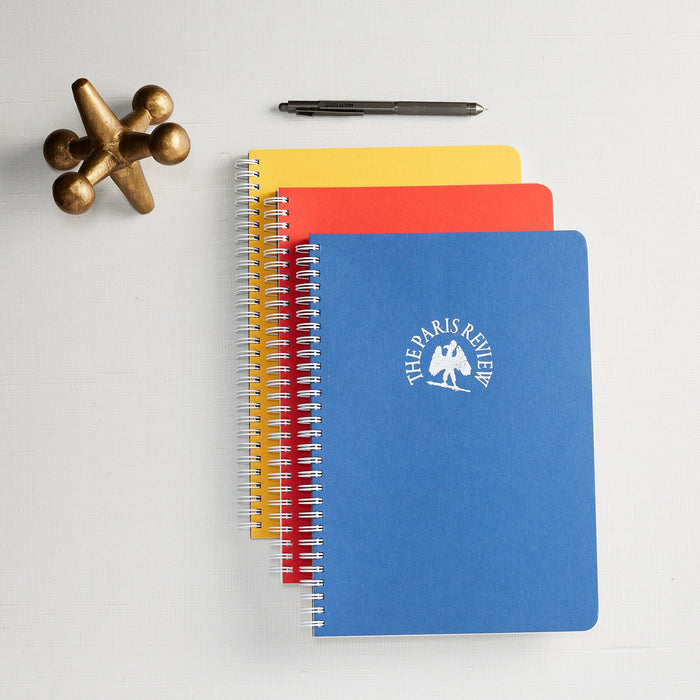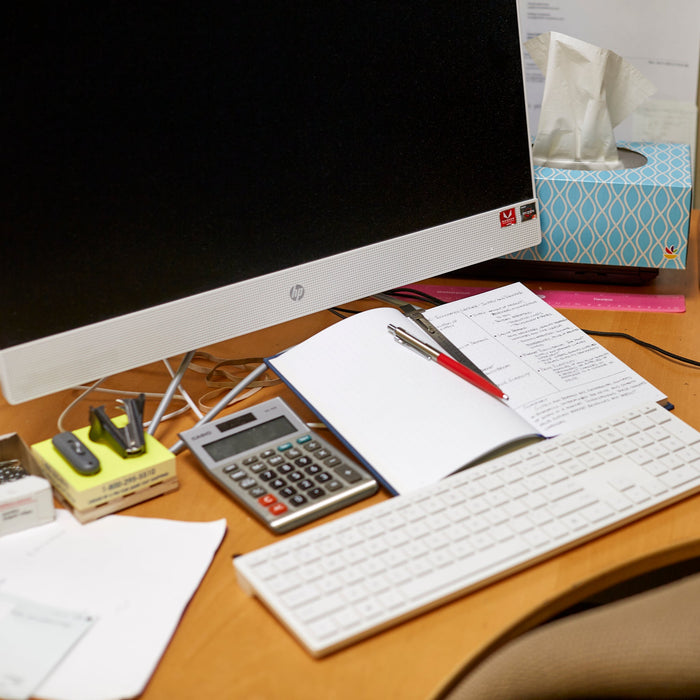How often have you gone to a meeting, been asked to take notes, and then come away with little idea of what was discussed? Or, on the other hand, have you tried to piece together meeting minutes from unclearly written notes? If any of this sounds familiar, don’t worry – you’re not alone. Taking effective meeting minutes is a skill that takes practice to perfect. In this blog post, we’ll give you tips on creating practical meeting notes to ensure everyone is on the same page.
3 Types of Meeting Notes
There are three types of meeting notes that you can take: action items, discussion points, and decisions. Action items are task-oriented and should be assigned to specific people with deadlines. Discussion points are summaries of the various topics discussed during the meeting. Finally, decisions are – you guessed it – the decisions made during the meeting. It’s essential to distinguish between these three types of notes because each one serves a different purpose.
How to Take Effective Meeting Notes
Now that we’ve gone over the types of notes you can take, let’s go over some tips on how to take effective meeting minutes:
- Pay attention: This might seem like a no-brainer, but it’s essential to focus on the discussion to capture what was said accurately. One way to do this is to avoid getting caught up in side conversations.
- Be concise: Be sure to be as straightforward as possible when writing your notes. No one wants to read a novel-length set of meeting minutes. Another way to ensure conciseness is to use bullet points whenever possible.
- Use clear language: Avoid using jargon or acronyms that not everyone will understand. If you need to use acronyms, spell out the full name first and then provide the abbreviation in parentheses afterward. For example: “The Chief Marketing Officer (CMO) made a presentation on SEO tactics….”
- Assign action items: As we mentioned earlier, action items should be assigned to specific people with deadlines attached. Actions will help keep everyone accountable and ensure that tasks are completed in a timely manner.
- Although there are many different ways to format meeting minutes, we recommend using the following template:
5 Tips for Creating Effective Meeting Minutes Template
To help you get started, we’ve created a template that you can use for your next meeting:
[Meeting title] [Date] [Time] [Location]
Present: [List names of attendees]
Absent: [List names of those who were not able to attend]
If you follow these tips, you should be well on your way to taking effective meeting minutes that will help keep everyone on the same page and ensure that tasks are completed in a timely manner. Do you have any other tips for taking effective meeting notes? Let us know in the comments below!
If you're looking for a tool to help make your meeting planning process easier, check out our Meeting Notebook.




Leave a comment